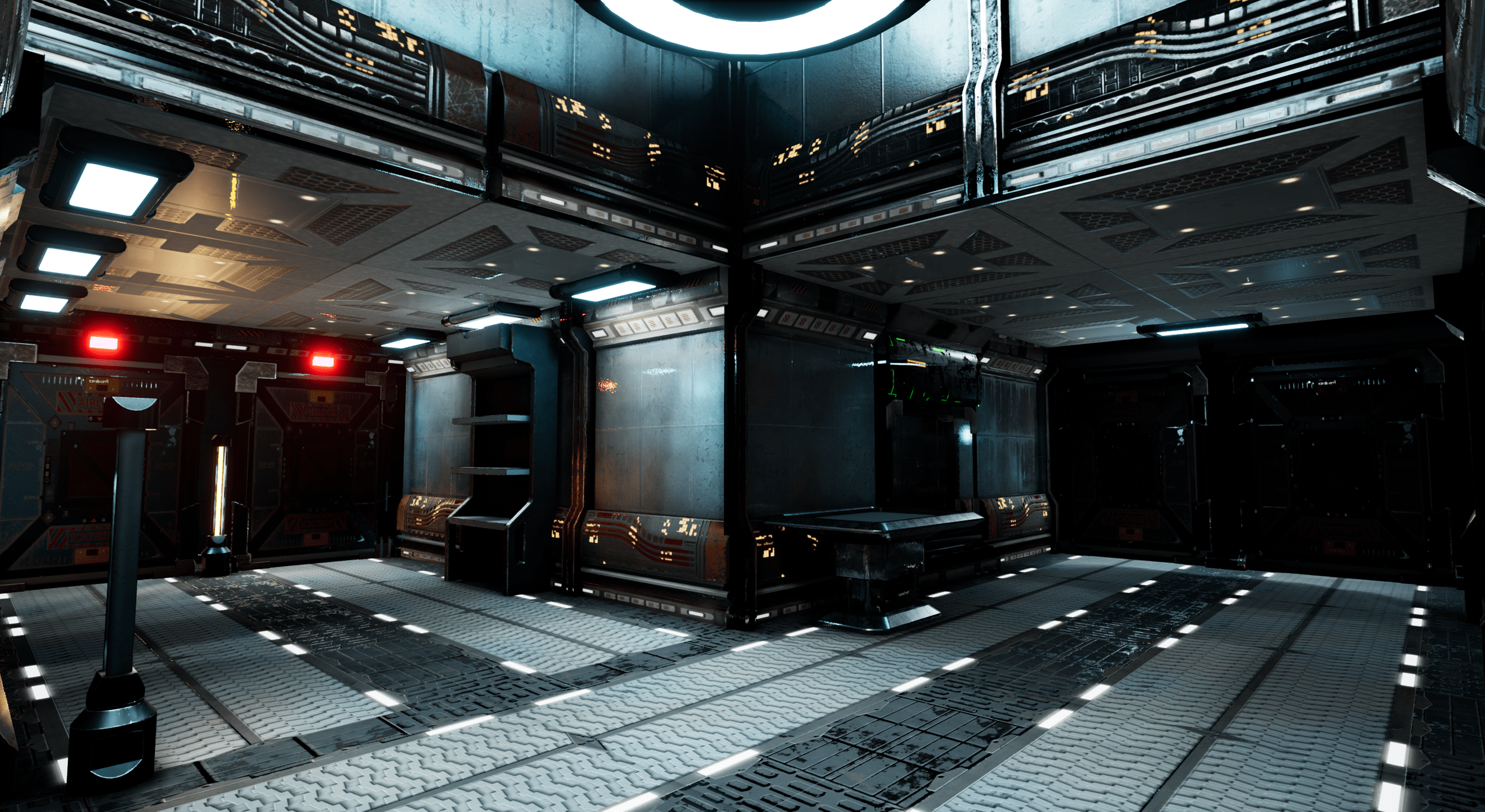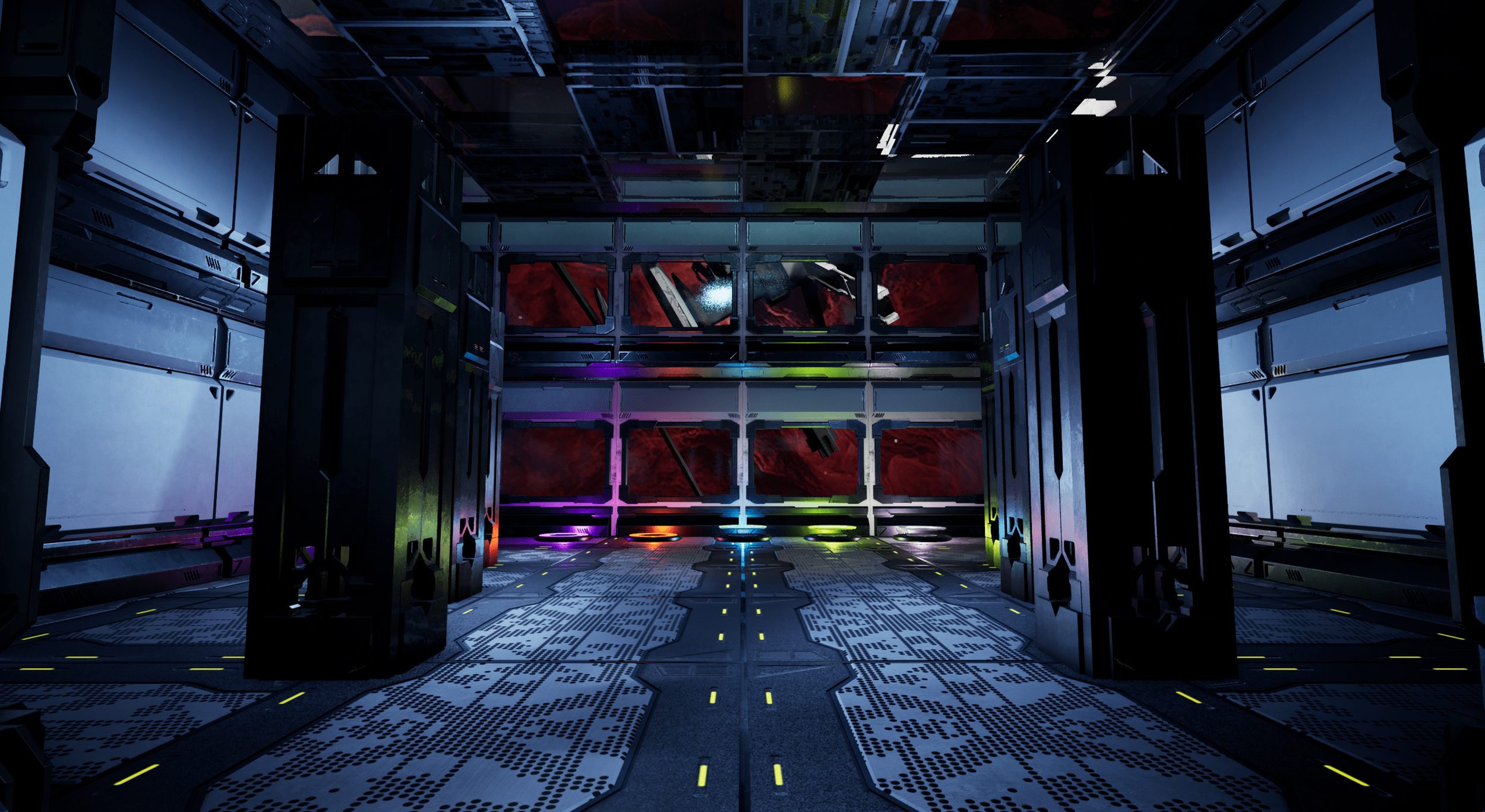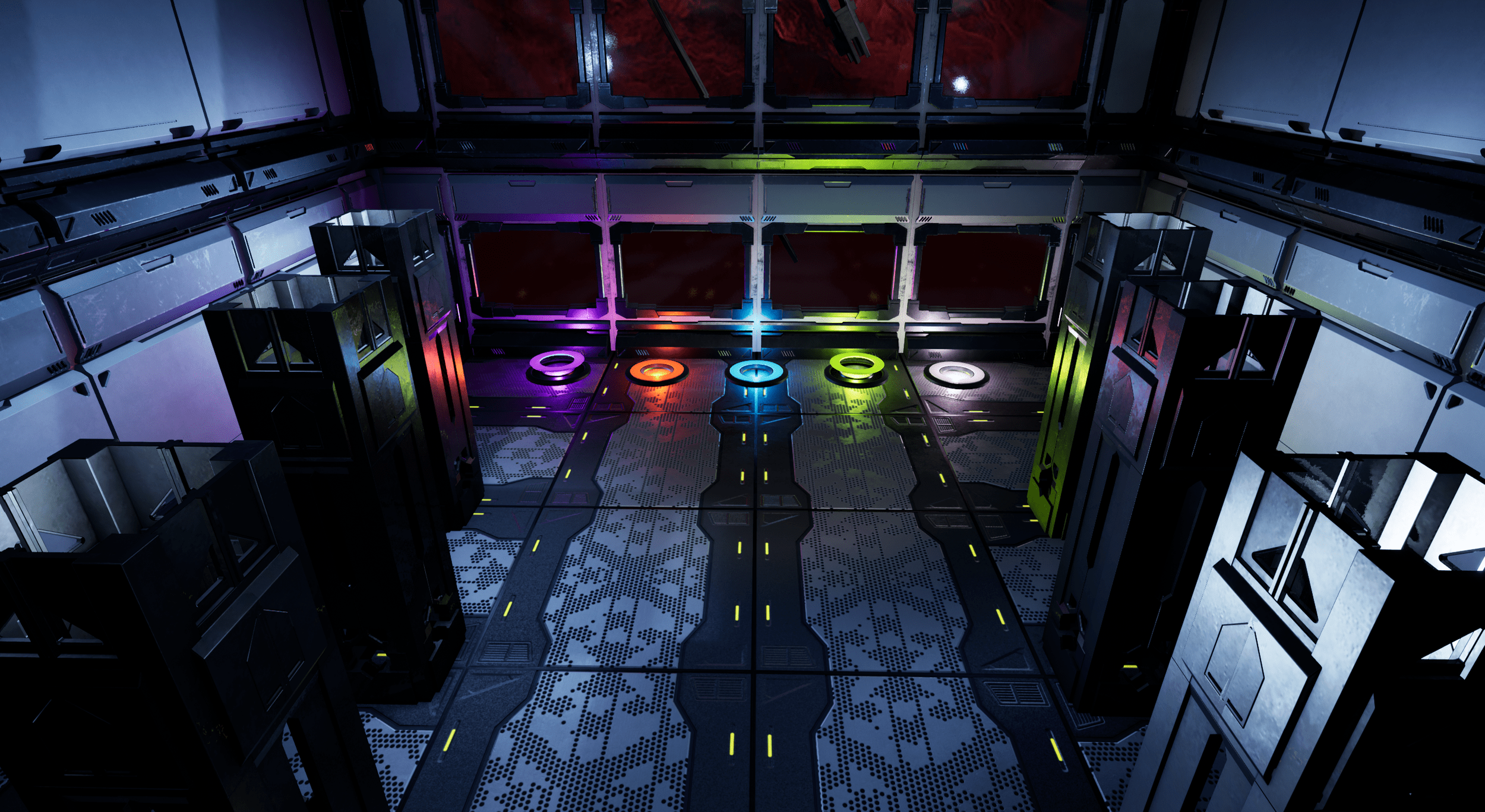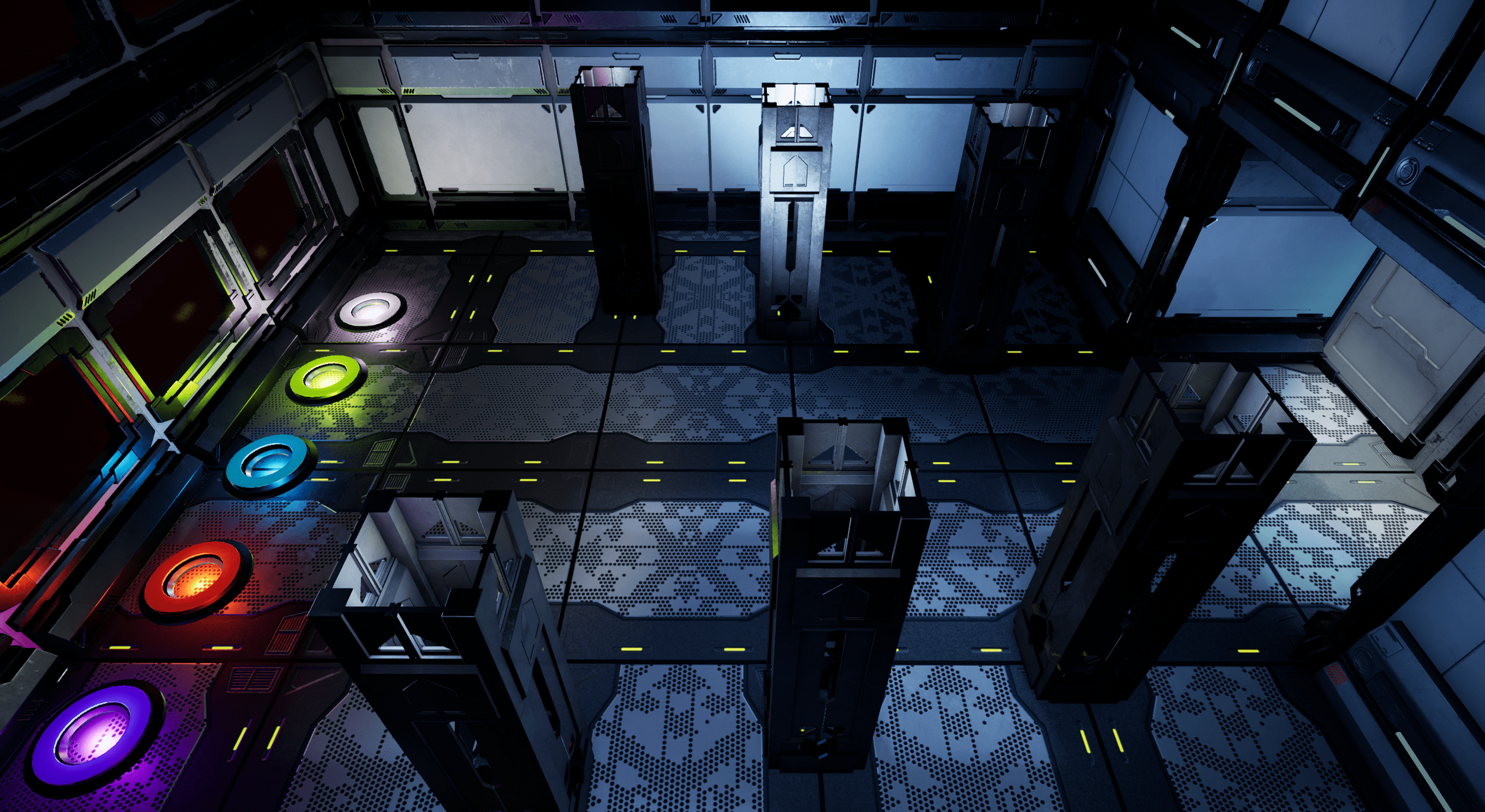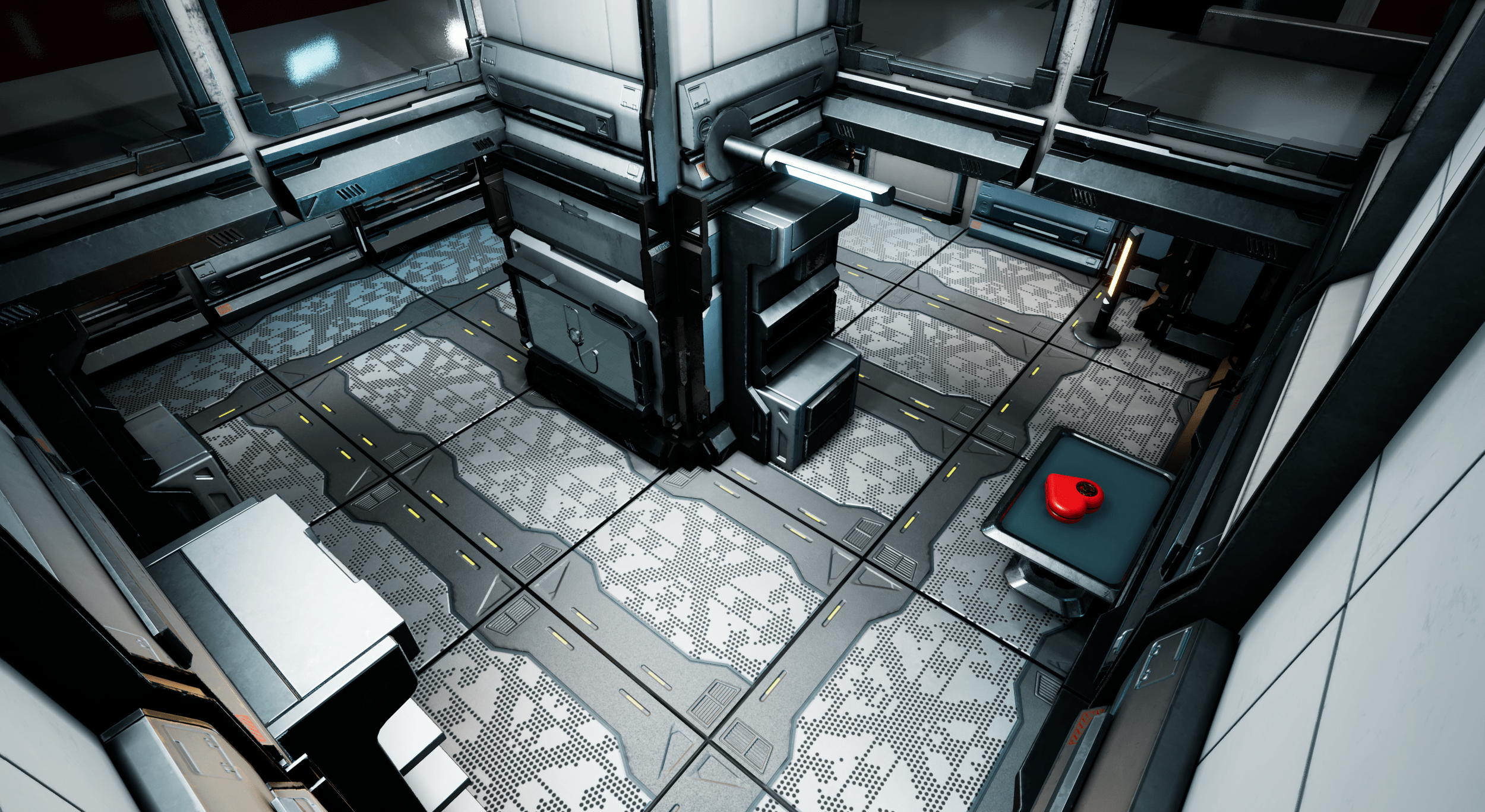
Escape Communicator
A multiplayer escape room where players have constraints on their ability to communicate with one another.
Project Staus
In Progress
Role
Game & level designer, gameplay & network developer, Artist
Software
Unreal Engine, Photon networking, Substance Painter, Maya, Illustrator, Photoshop, Figma
Contribution
Our clients goal was to research how people can communicate with each other when constraints are placed on their communication abilities. Our goal was to deliver a research tool disguised as a game that would allow our client to observe how players communicate. I wore multiple hats on this team and assisted where I could, however I was the designated project lead that guided the Escape Communicator to completion.
Developer
I was the technical lead on Escape Communicator. My role in this position covered all aspects of networked multiplayer, gameplay programming, puzzle integration and shader development.
Designer
I played a heavy and influential role in the creation of the puzzles and communication restrictions the player will have to overcome. My contributions encompass the 3 puzzles, communication constraints, win/fail states and level design
Leader
The team looked to me for client communication, timelines and project organization. I aligned the projects vision and helped departments cross communicate so they can achieve their goals.
Technical Artist
I assisted with asset creation and the overall look of our game. I created decals, materials, optimization lighting and UI
Process
Level Prototype
We made a few escape room prototypes to get a feeling for space and theme. this process helped us test network development, explore different art styles and show us the possibilities of puzzle implementation
Ideation
We went through 6 game concepts before landing on Escape Communicator. Each concept tackled the topic of communication constraints, some where puzzle solving and others were adventures. The concepts went across various platforms like mobile, web, PC and VR
Photon Test
I made a few examples to test photons workflow within our project. Using the photon replicator component I can track object transforms easily. However, any other data such as variables, materials, textures and more had to be sent over the network through more custom methods. I created a process that can be used in multiple Blueprints to enable networking functionality quickly and iteratively. This approach helped me send data over the network without having to redo work for every Blueprint.
Design
Puzzle 1
The puzzle theme in room 1 is phobia. Players are presented with hints that result in a code. A screen containing a list of phobias with a associated codes is present. Players must figure out the correct phobia to extract the code. Once the code is found it must be entered into the keypad to unlock the doors.
Puzzle 2
The theme in room 2 is audio. Players are surrounded by speakers that play various animal sounds. A screen on the wall has a number associated with each animal. Some of the sounds have a “beep” that plays to indicate the code associated with the animal. The player must input the code in the correct order to succeed.
Puzzle 3
Room 3 is about medical terms. A heartrate graph that measures BPM/s is posted on a wall. There are multiple medical tools distributed across the room, one of those tools will aid the player in understanding the graph. Another screen containing a hint for which tool is present however the player must combine the first and second half of the word correctly to find the correct tool. once the player finds the tool, an audio will play to help the player decipher the graph and obtain the code.
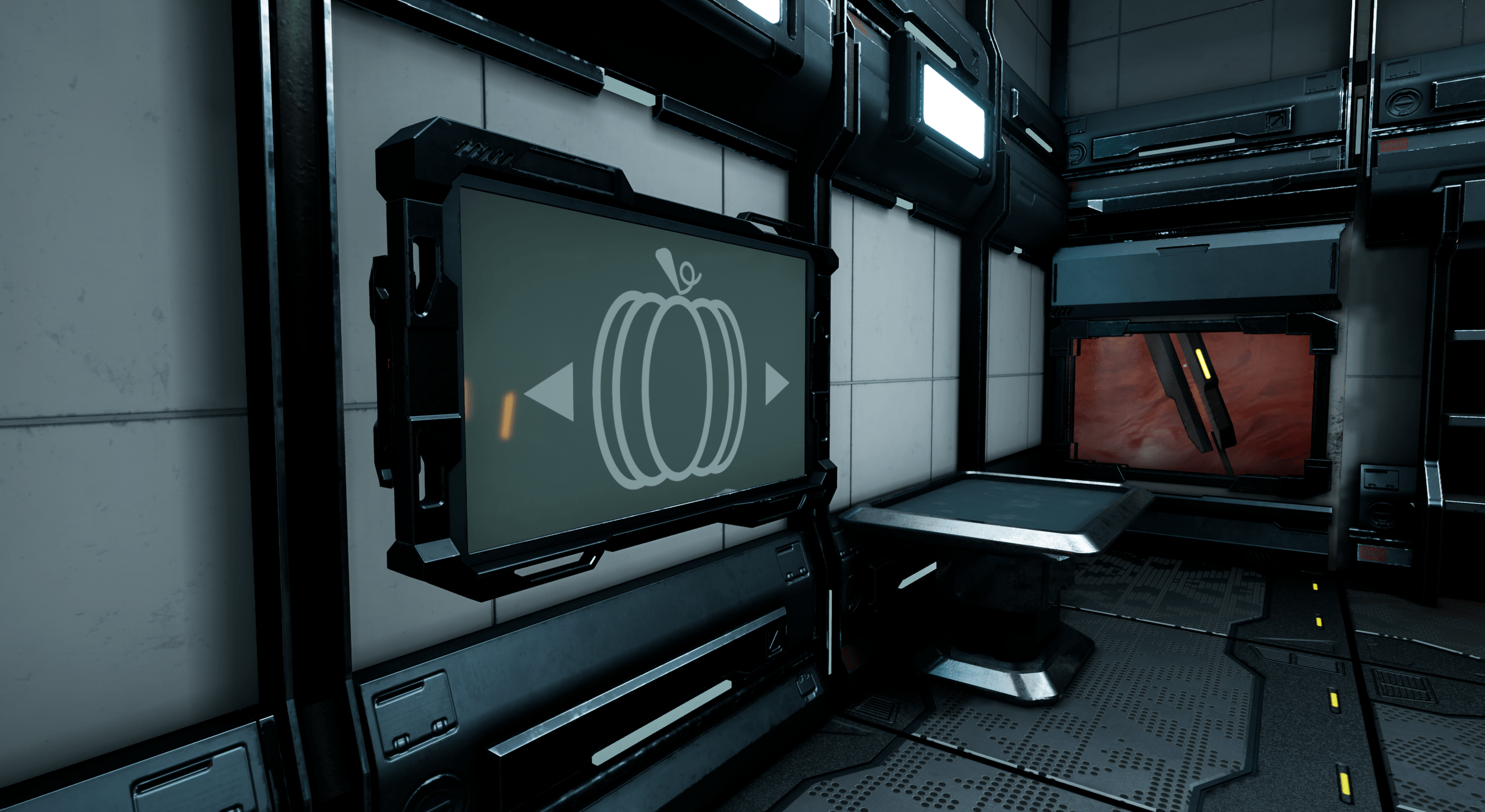
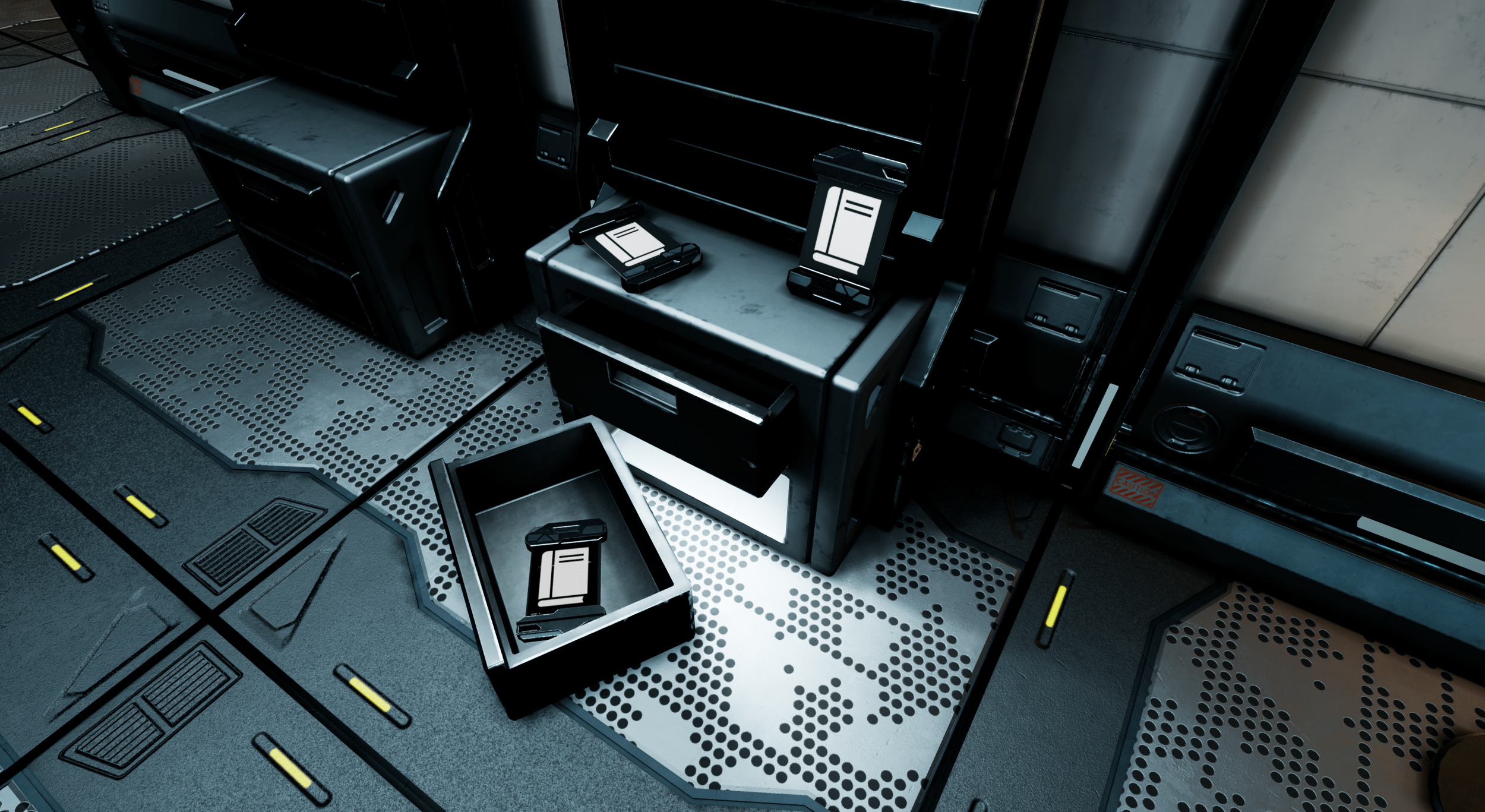
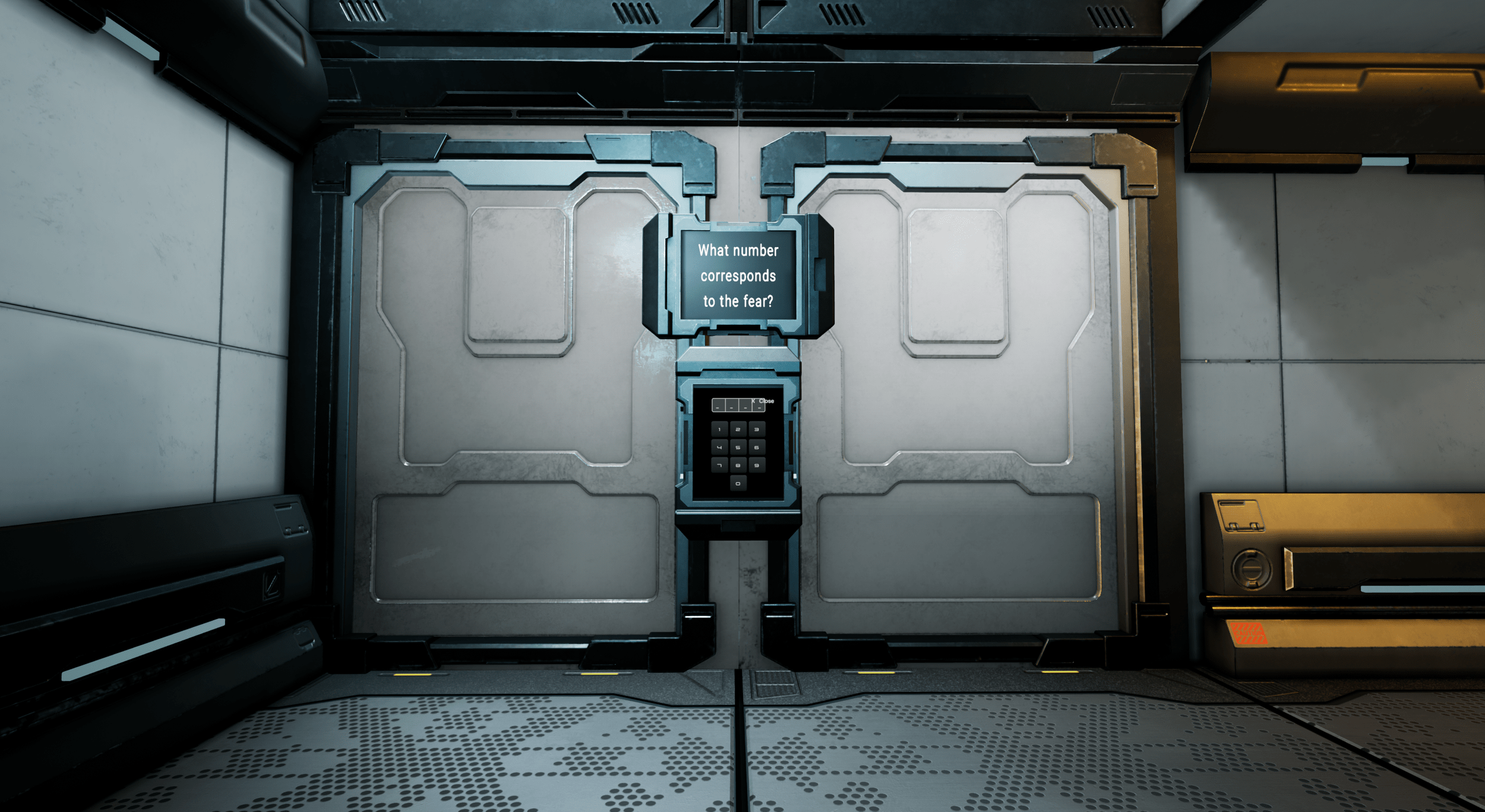
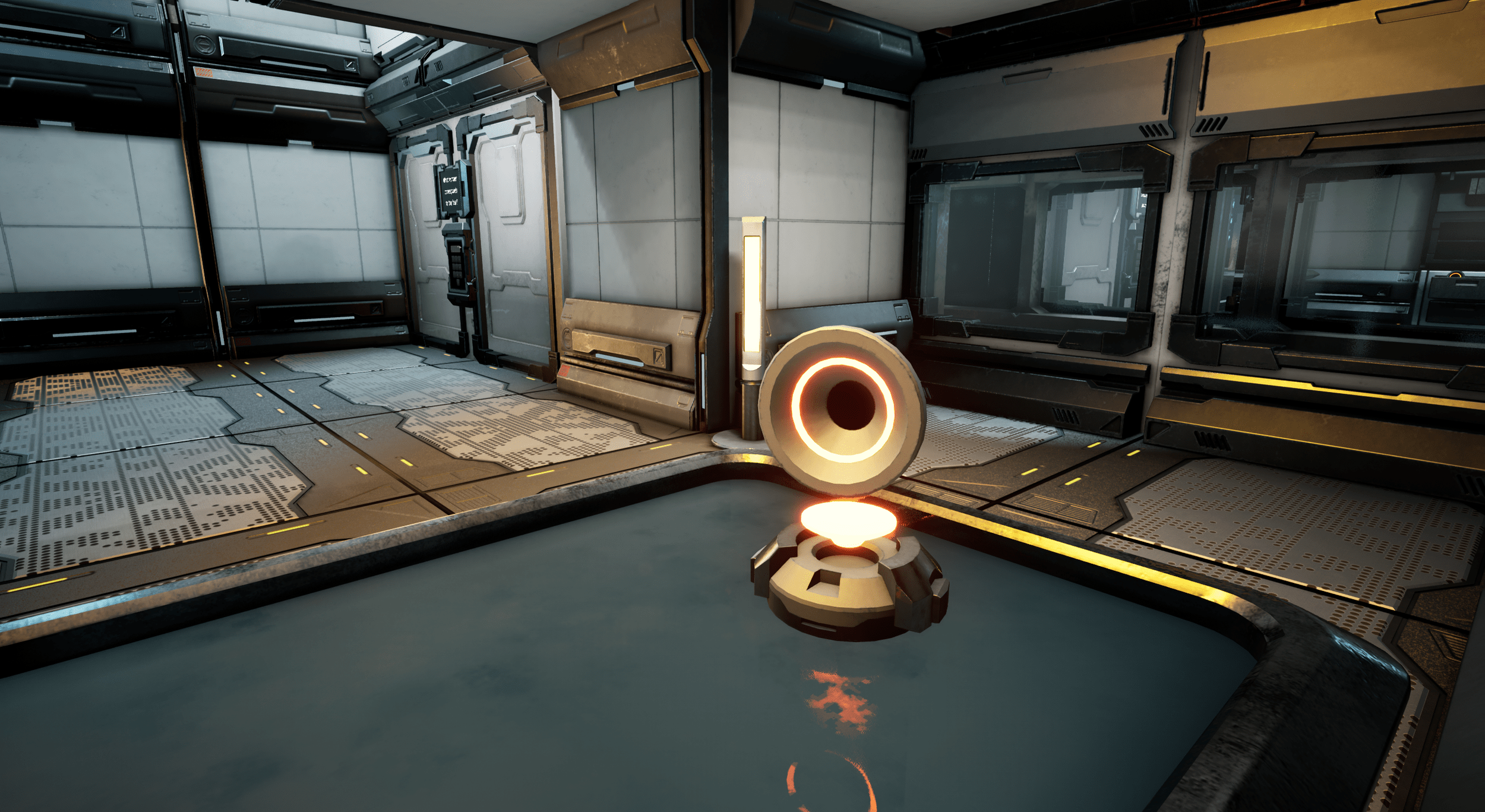
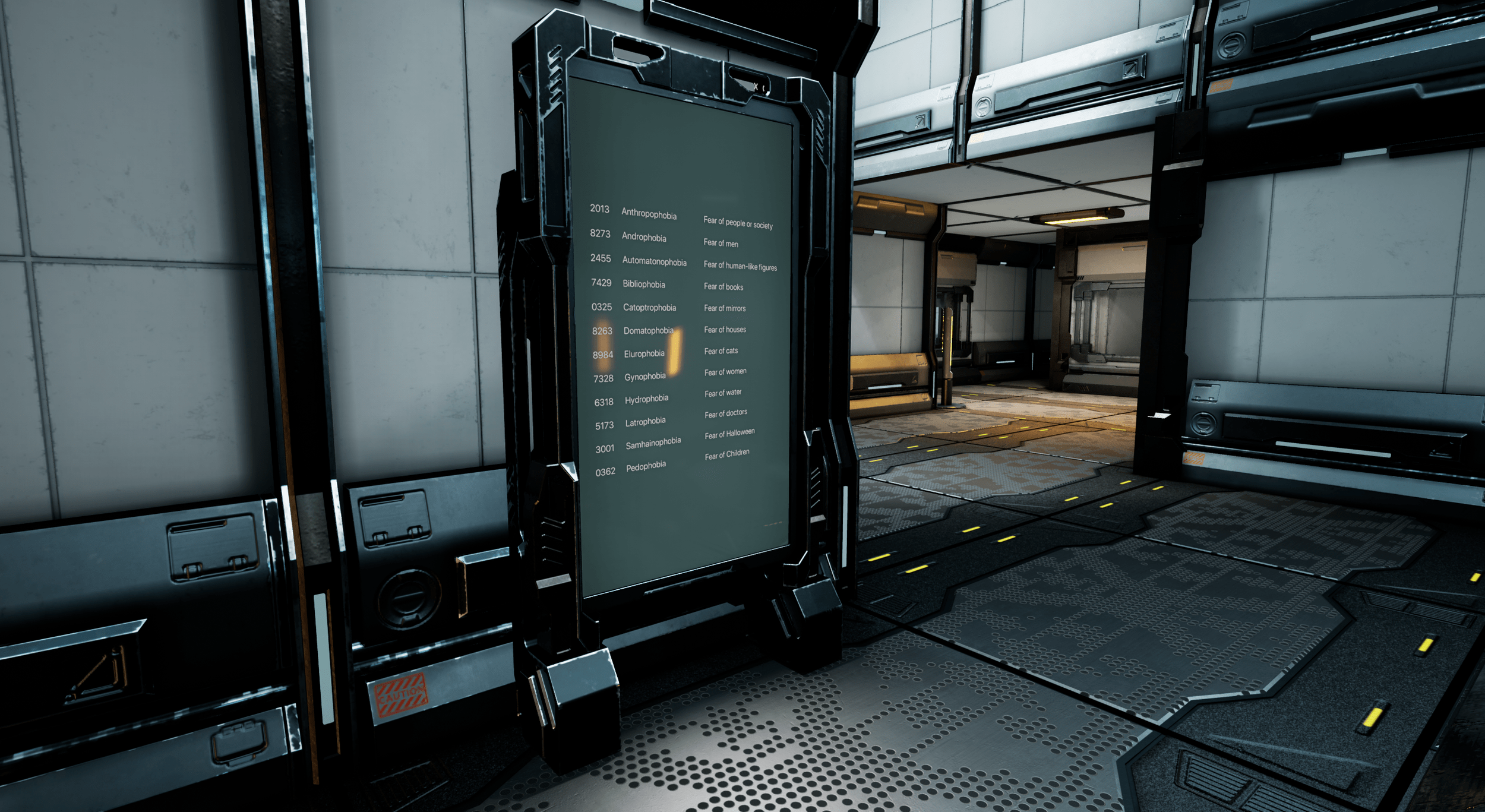
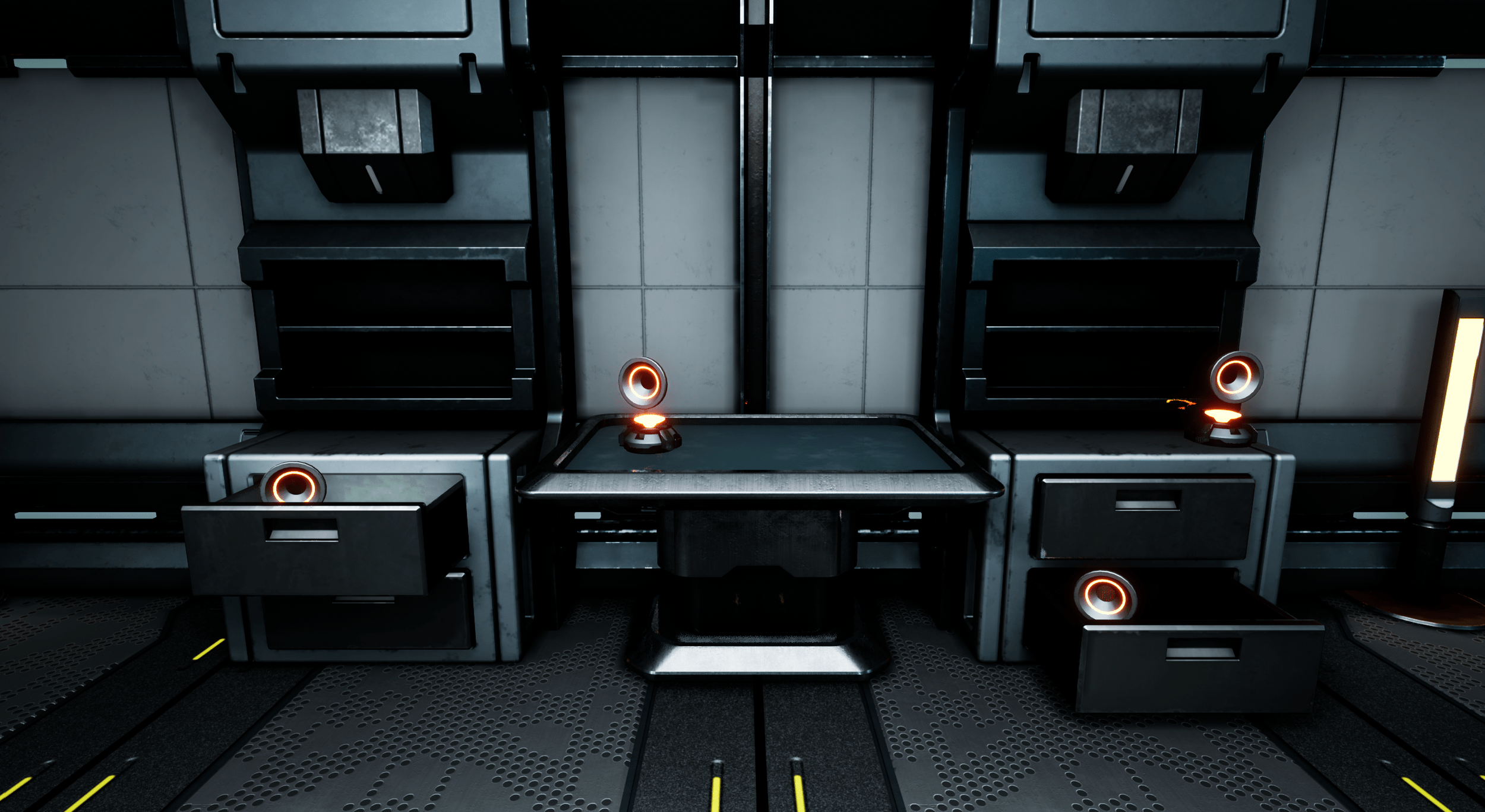
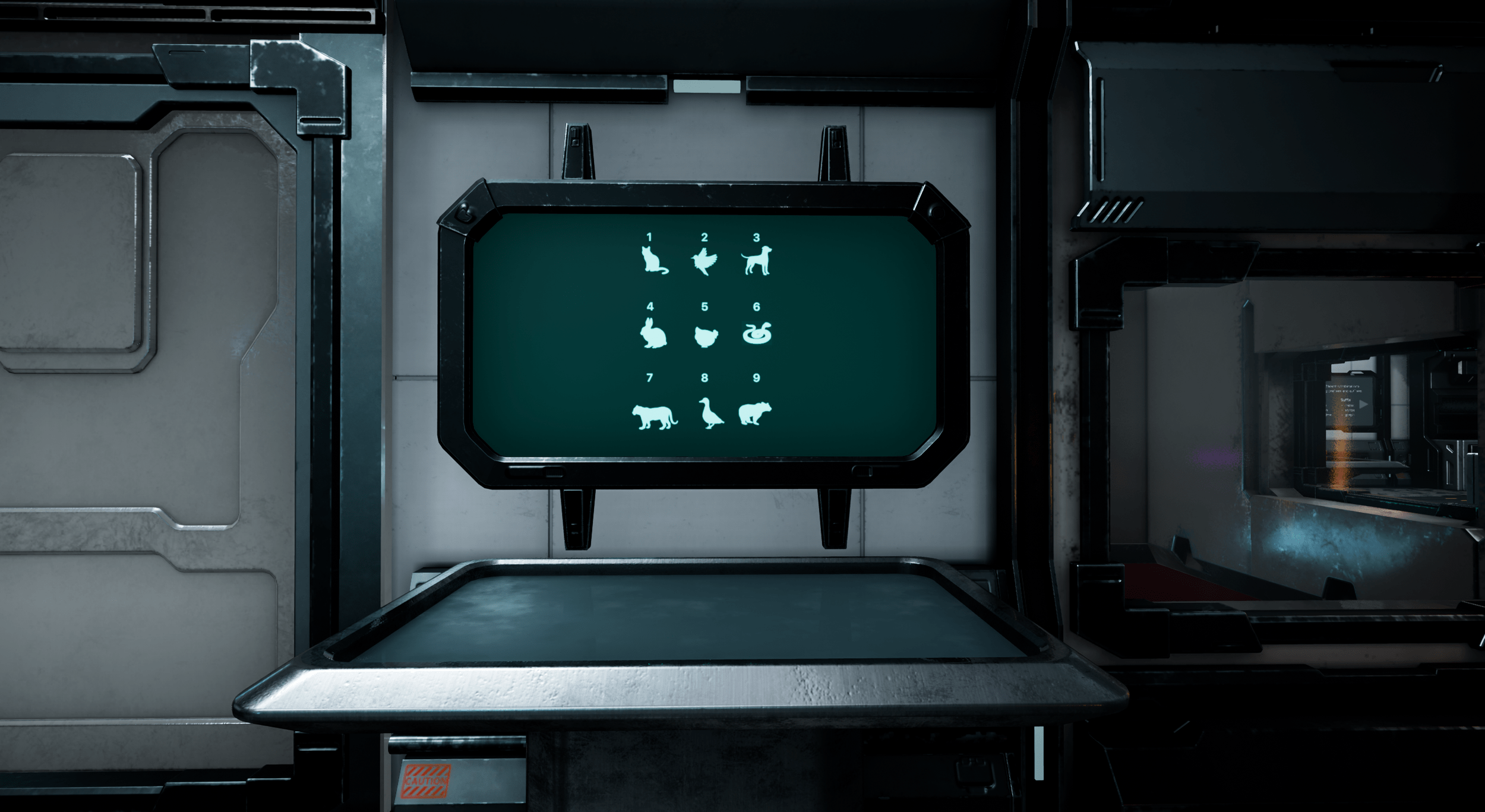
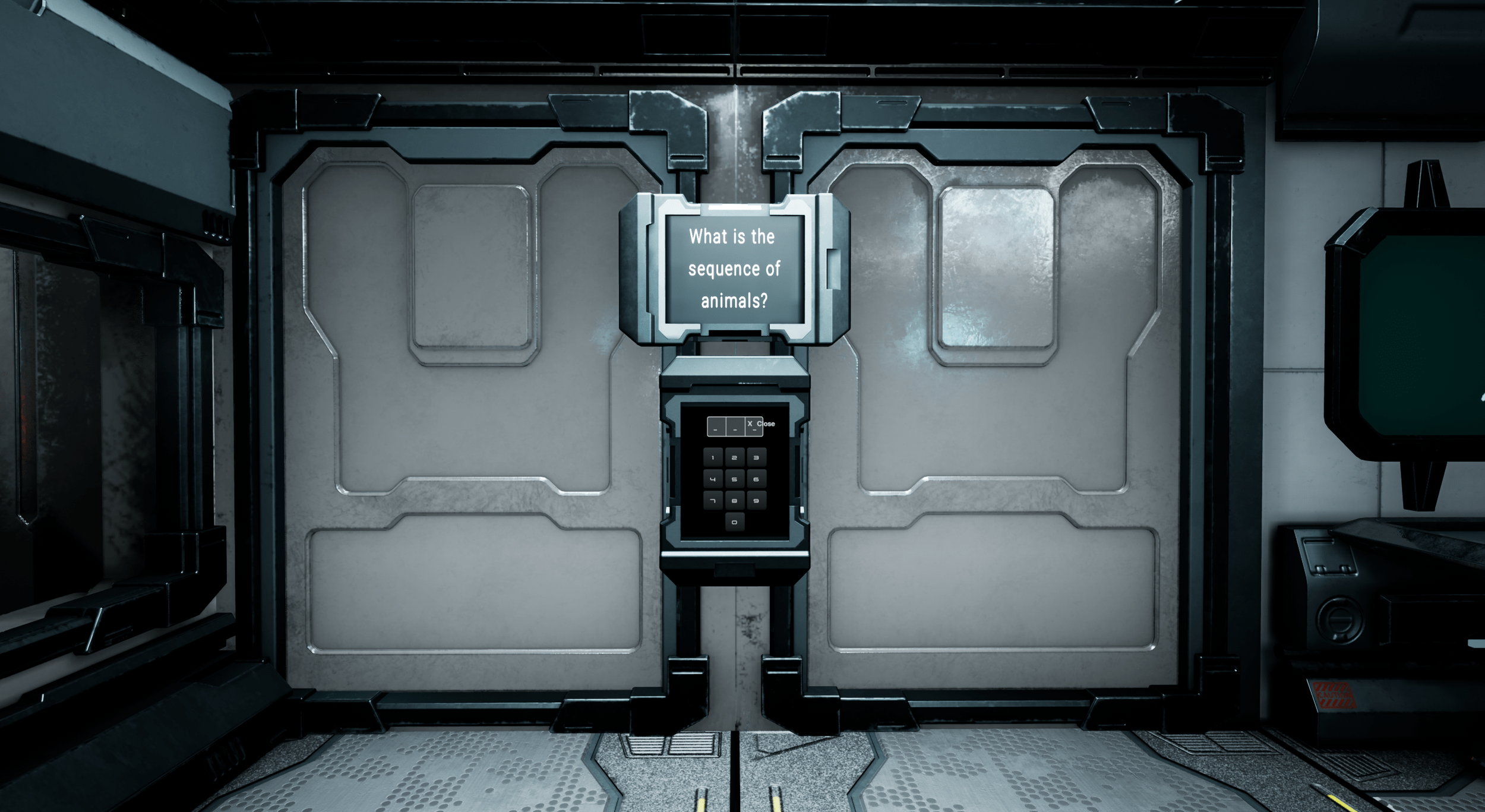
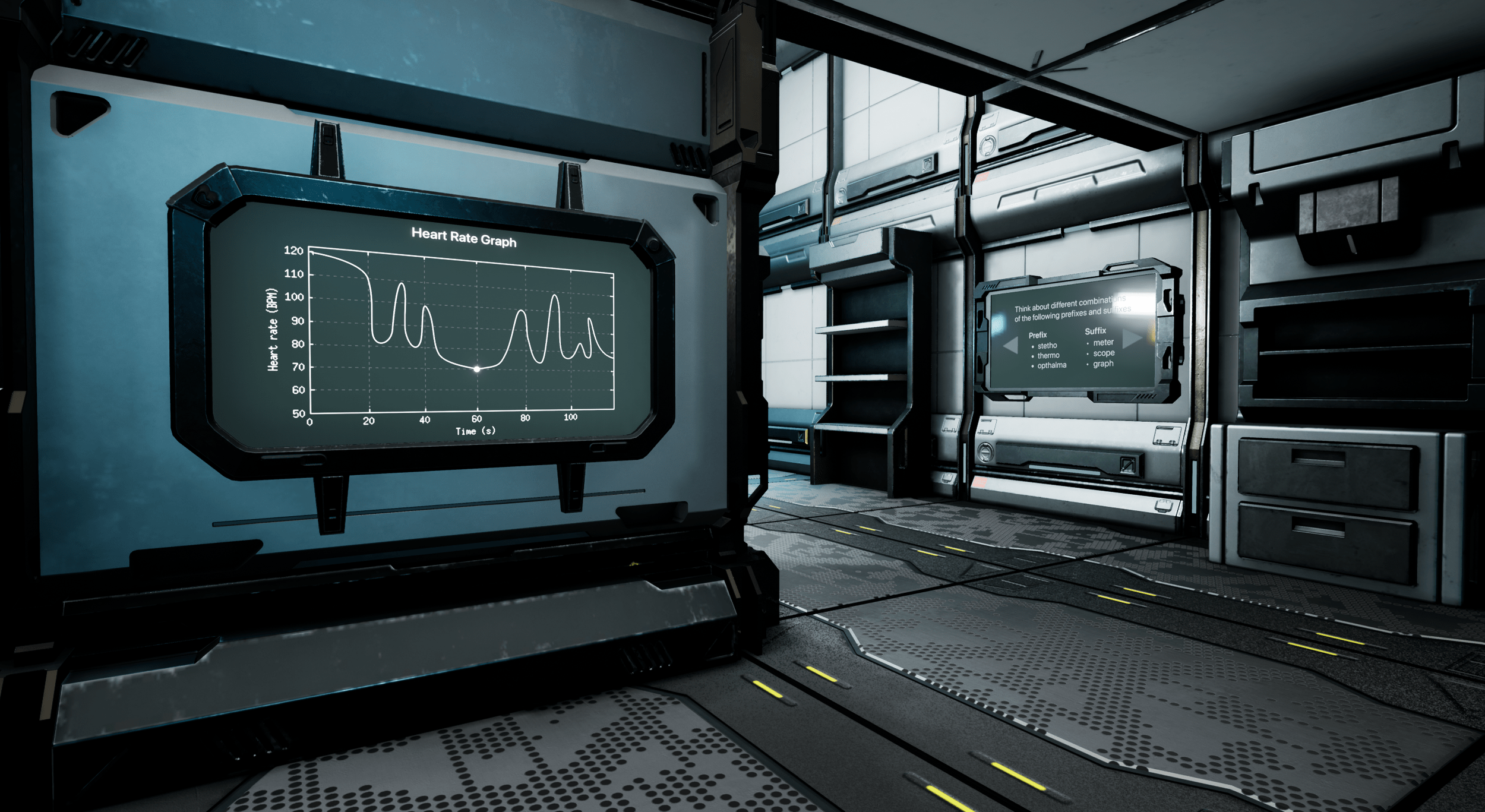
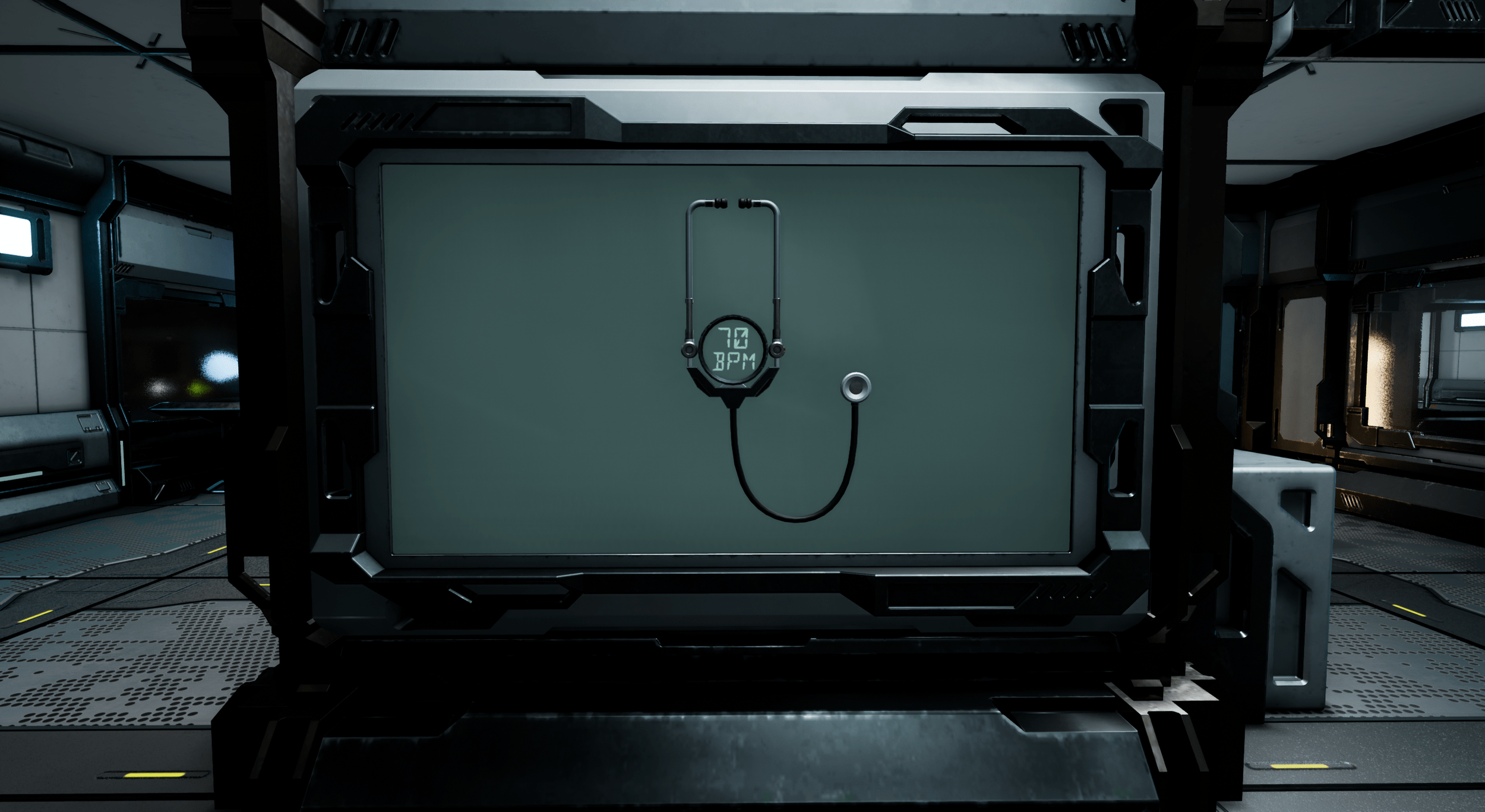

Players
Players have communication constraints that hinder their ability to communicate freely. Instead, players are given specific methods for communication that they must work with to find solutions.
Hear no see
These players have visual impairments. however these impairments allow them to see which hints are the correct ones. The problem is they cannot speak, they can only type. Players will have to describe sounds through text and describe what they see even though their view is totally different.
Speak no hear
These players can see clearly and speak with voice, however they cannot hear anything. The challenge for them is relying on those who can hear to describe audio to them. Being able to voice what they see to players who don’t have the same view is crucial to solving puzzles.
The goal of the game is for players to communicate across their constraints to solve puzzles. Players start in isolated rooms and will get the opportunity to meet and combine their wits as they progress through the game.
User Interface
Onboarding
The Opening UI onboards the player by explaining a brief story followed by information about the character, constraints and controls.
Stat screen
The end-game will display stats based on the condition of the game. Statistics such as time to finish, puzzles solved, achievement title and a link to a research survey will display based on the success of failure of the players
World-space UI
Some of the UI on the screen panels are displayed in world-space for a more diegetic feel. This is to that other players can see what is being interacted with and the Blueprint stays unified. A button press in 2D is a button press in 3D.
Improvements
Station Art
Shaders
During the optimization pass, I iterated on the shaders of the player model to achieve a more goo-like appearance and make use of vertex painting. Using Vertex color I was able to cut down in the number of materials and animate the propeller/blob in the material editor using WPO. Using WPO I can change various aspects of the player model depending on the applied material.
With a Vector3 Node I could change the position and amplitude of the Blob using the RGB pins. The master material gives full control over the look of the model such as the color of the eyes, color and intensity of the goo, the speed, rotation axis and position of the WPO animations and more. the goal was to cut down on the polys, materials and rigged animations in favor of achieving similar looks in the material editor.
The station also underwent some optimization. The models received a reduction in their poly counts and they now all share one master material. Every material for the optimized models are now material instances that have shared properties such as normal intensity multipliers, AO intensity multipliers, tint and multipliers for the roughness and metalness values.
Learnings
Leadership
Much of this project was driven by my game development experience. The team I worked with had little to no experience with games so I had to guide them through the process while teaching myself new features and processes in Unreal.
Being able to precisely break down what each department needs to deliver to make development function smoothly and condense that information for the client helped my confidence in my communication and leadership skills.
Features development
This project made me use more features in the Engine more than any other project I’ve worked on. From implementing networked functionality and post process materials in custom depth to video/voice chat and creating digital whiteboards.
This project tested all my skills and pushed my ability to develop the furthest because its requirements were deep and constantly shifting.


























